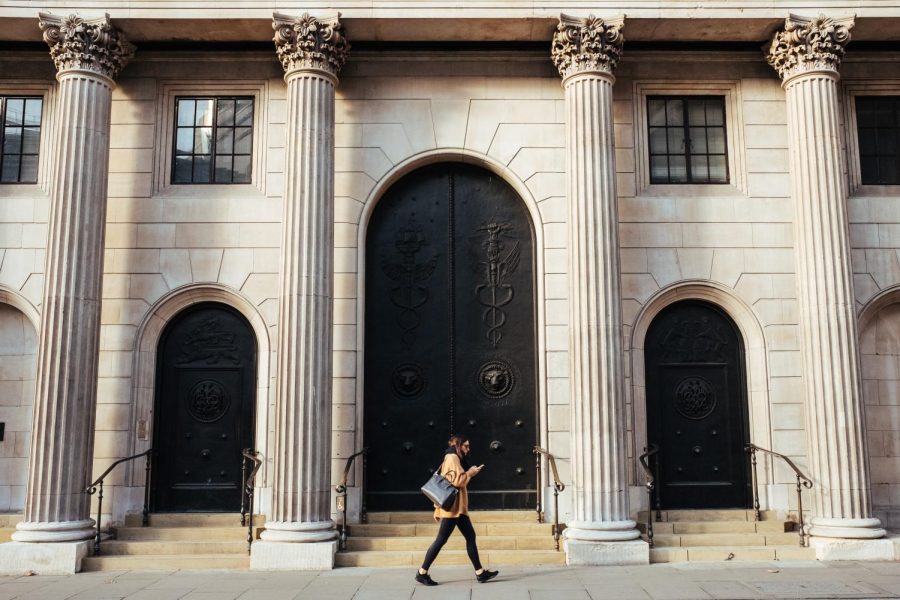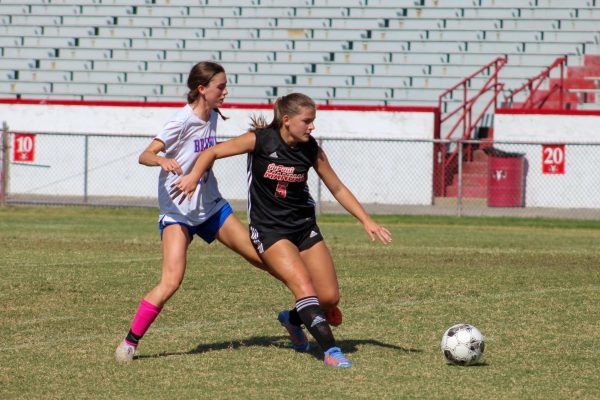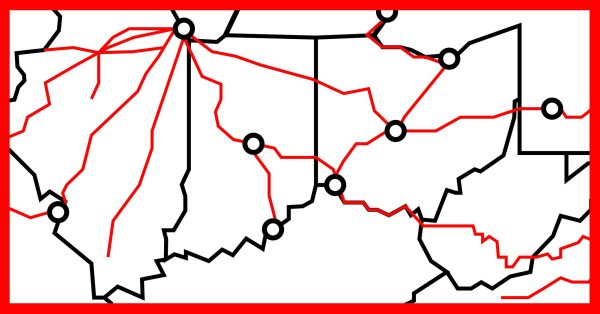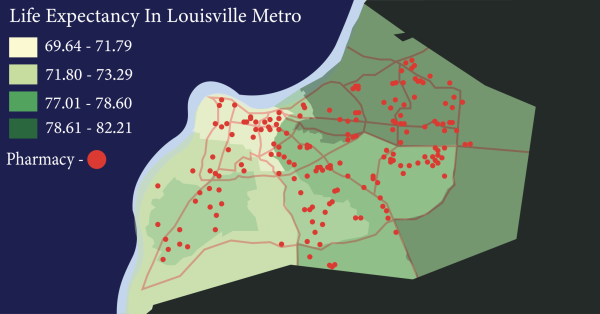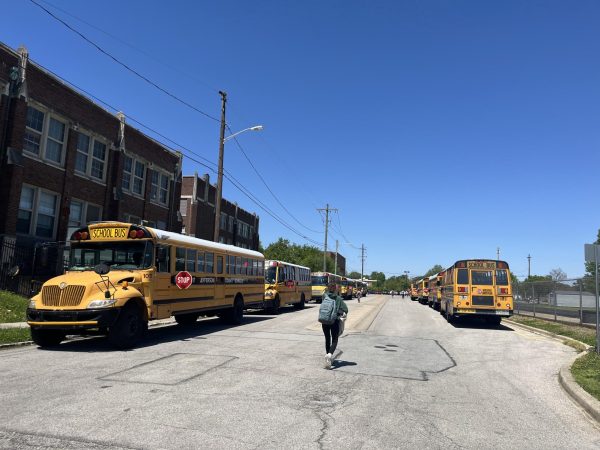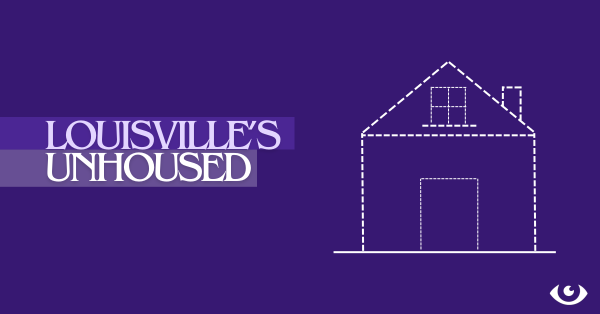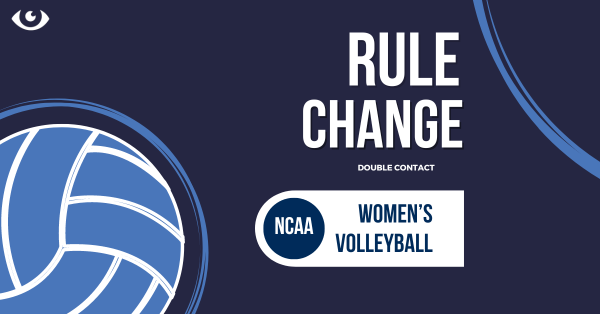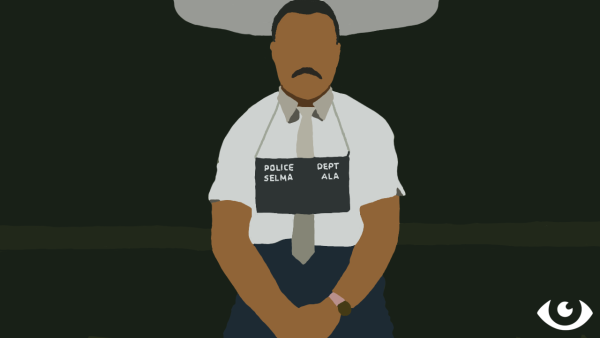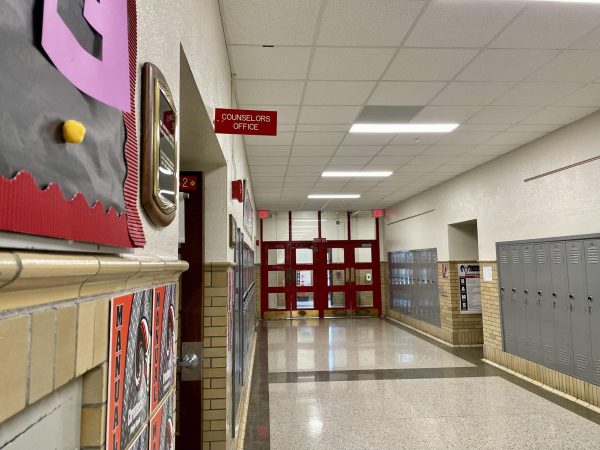OPINION: The Silicon Valley Bank collapse highlights upcoming recession fears
Banks like this are in danger following the Federal Reserve’s latest actions. Photo by Robert Bye on Unsplash.
March 19, 2023
How does the 16th largest bank in America fold in a day? To quote Ernest Hemingway: “Gradually, and then suddenly.”
Silicon Valley Bank (SVB) held more than 200 billion dollars in assets, all of which was seized by California regulators on March 10, following the biggest banking collapse since 2008. This was due to a sudden and massive upsurge of withdrawals in deposits from the bank, also known as a bank run. While common in more unstable economies, bank runs have been relatively rare in U.S history outside of outstanding crises. So what spooked SVB’s clients enough to collapse the whole bank?
First off, it must be noted that SVB is no ordinary bank. They specialize in high-risk investments with tech startups in Silicon Valley, California. They give high-interest loans to new companies that otherwise would be denied one due to their volatile nature. If the startup succeeds, then the bank makes an incredible amount of money. If they fail, the bank can seize their assets, but also could run the risk of losing their entire investment.
SVB’s business boomed over the pandemic, as high inflation due to supply chain issues caused the Federal Reserve to raise interest rates by over 4 percent. Interest rates are the price of money in our economy, or in this case the price of a loan. If inflation is high, then people can afford to pay more for loans on their car or house, but once the economy dips, they will be left unable to pay this increased amount. The Federal Reserve fixes this by raising the price of loans artificially through interest rates, and limiting inflation in the process. Due to the high interest rates during the pandemic, many profitable tech startups invested lots of money into SVB, as they were one of the few banks left capable of giving them a reasonable loan.
Due to this rampant success, SVB had excess capital to invest elsewhere. They decided on what should have been a low-risk investment: U.S government bonds. Long-term U.S bonds don’t pay a very high interest rate, so you won’t make that much money from them, but they are reliable, as the U.S always pays you back in full. The only problem was that once you buy the bonds, your money is locked away for the next 10 or so years. SVB poured billions of dollars into these U.S bonds, but also didn’t account for a potential rise in interest rates.
As interest rates go up, they reduce inflation, but they also reduce the price of U.S bonds. Usually inflation and the interest rates would level out, but lingering effects from the pandemic, as well as supply issues stemming from the ongoing Russia-Ukraine conflict haven’t limited its damage. This decision to lock away most of their capital long-term scared bank users, who realized that in the wake of a looming recession SVB might not be able to secure their holdings.
This led to the bank run, in which wealthy SVB clients pulled out millions of dollars at a time. In response to losing these assets, SVB tried to sell some of its U.S bonds to recoup their losses. Sadly, the reduced bond price caused them to incur a massive loss, as they lost around 1.8 billion dollars in the fire sale. This rash decision scared off even more investors, who continued to pull their money out as quickly as possible. By the end of the day, over 41 billion dollars had been withdrawn, more than any bank could ever afford to lose, and just like that, SVB went under.
Thankfully, all of the money left in the bank was recovered and insured by the federal government. Usually, the insured limit per account is only 250,000 dollars, but the Federal Reserve stepped in to discourage further bank runs in the future.
In his latest testimony to Congress, Federal Reserve chair Jerome Powell laid out his plan to fix the economy. For example, the Federal Reserve is expected to raise interest rates by .25 percent in the coming weeks. While this may help reduce inflation, it could potentially further destabilize the precarious banking situation. Last June, inflation hit a 40-year peak due to supply chain issues, and it is still quite high today.
As recovery from the pandemic and ongoing conflicts continue, the U.S must hold tight as our economy might flip inversely to a recession. This raise in interest rates will decrease inflation, which will in turn increase unemployment. To reach the Fed’s goals for the two offsetting issues, 2 million Americans will lose their jobs by the end of the year.
Wells Fargo and other Wall Street entities have predicted that a recession is on the horizon for the U.S, with over a 65 percent likelihood of one occurring this year. This would impact loans mostly, as smaller banks have seen what has happened to SVB and heightened regulation from the Fed, and decided to become more stingy with their lending process. Many manufacturing companies and developers rely on these loans to function, which could bring a halt to massive infrastructure projects in the coming months. It also will hurt startups like SVB’s clients, as they will now find it more difficult to find a risky loan in this time of expansive regulation and fearful banks.
Hopefully, the economics issues shouldn’t be as bad as the 2008 collapse, as banks now are more dependable, and the government has more experience dealing with the digital age. However this plays out, the best thing to do is to be careful, and think before you put your money into long term U.S savings bonds.


